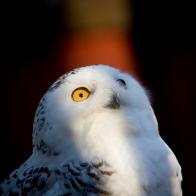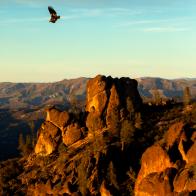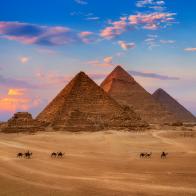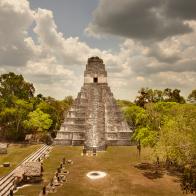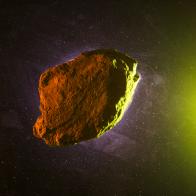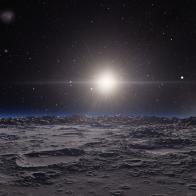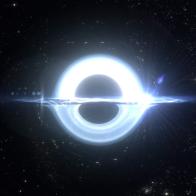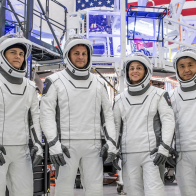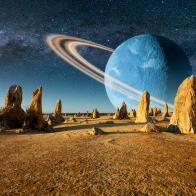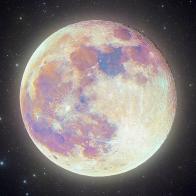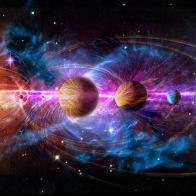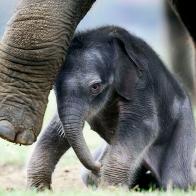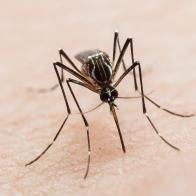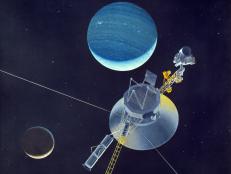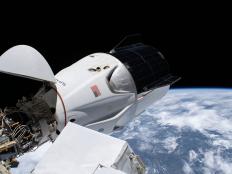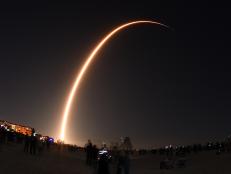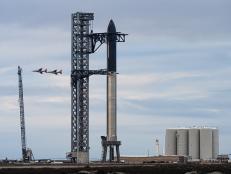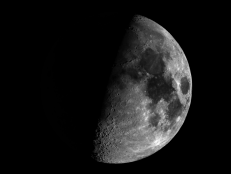All Space Articles
Showing 61 - 75 of 491 results
First Week Complete for Crew-1 Astronauts
NASA astronauts Michael Hopkins, Victor Glover, and Shannon Walker, along with Soichi Noguchi of the Japan Aerospace Exploration Agency launched in a new Crew Dragon spacecraft atop a Falcon 9 rocket on November 15, 2020, at 7:27P ET from the NASA Kennedy Launch Complex 39A. After a 27-hour journey, the spacecraft docked with the ISS on November 16, 2020, at 11:01P ET. Let’s see what the astronauts of NASA’s SpaceX Crew-1 mission have been up to since their arrival to the station!
Voyager 2 is Really Far Out There, Man
Currently Voyager 2 is about 11 billion miles from the Earth, and has been traveling at speeds of tens of thousands of miles per hour since its launch in 1977. Read more to see where it is now and what we've learned.
Celebrate the I Heart Pluto Festival, An Ode to the Beloved Planet
Yes, we said "planet." Clyde Tombaugh discovered Pluto at Lowell Observatory in Flagstaff, Arizona during the month of February in 1930.Last year on the 90th Anniversary of the discovery, the observatory held its first I Heart Pluto Festival. This year you can be a part of the action.
A Jupiter-Sized Exoplanet Orbiting Two Stars
One of my favorite things about exoplanet systems is just how weird they can get. It seems that every few months we are treated to another surprise. This time around, NASA's TESS observatory delivered a planet almost three times more massive than Jupiter orbiting around not one, but two stars. As an added bonus: that planet orbits its twin suns closer than the Earth does around the sun. Who wants to take a trip?
William Shatner Becomes Oldest Man to Travel to Space After Successful Blue Origin Space Flight
On the morning of October 13, William Shatner joined the crew of New Shepard for its second crewed flight, NS-18. Due to a few holds, the scheduled 10A liftoff was delayed by about 50 minutes from Blue Origin's Launch Site One in Texas. Despite the delays, liftoff and touchdown went off without a hitch, making Star Trek star William Shatner the oldest man to go to space.
First US Commercial Crew Port Relocation to Air Live on NASA TV
On Monday, April 5, another first will occur for commercial space flight. For a look back at Crew-1's initial journey to the ISS, catch up on SPACE LAUNCH LIVE streaming now on discovery+.
SpaceX vs. the Universe
Fans of space are having a tough time picking sides over a recent controversy between SpaceX and astronomers. But what's the big debate all about? Astrophysicist Paul M. Sutter digs into both perspectives.
There’s a Hole in Our Galaxy
Folks, we just found a 500-lightyear-wide hole in our galaxy. Fess up: which one of you did it?
This All-Civilian Space Mission Wants to Achieve the Highest Human Orbit Ever
Last year marked a fascinating turning point in the history of spaceflight. For the first time ever, more civilians went into space than professional ones. The private companies Virgin Galactic, Blue Origins, and SpaceX all offer seats for sale, with missions as brief as just a few minutes to as long as a few days.
Splashdown! NASA and SpaceX Crew-1 Return to Earth
On Sunday, May 2, at 2:56A ET, NASA astronauts Michael Hopkins, Victor Glover, Shannon Walker, and JAXA astronaut Soichi Noguchi returned home. From undocking to splashdown, here's everything you need to know. Catch up on NASA's SpaceX Crew-1 mission on SPACE LAUNCH LIVE: CREW-1 LIFTOFF, streaming on discovery+.
When Did the First Stars Shine?
Our universe is home to up to two trillion galaxies, with each galaxy hosting hundreds of billions of stars. That’s…a lot of stars. Each one a ball of fearsome energies, powered by the nuclear fusion of fundamental elements in their hearts. Each one pouring out light into the empty cosmos, illuminating our universe for our wonder and delight.
China and Russia are Building Lunar Space Station Together
Recently announced, development for an international lunar space station is underway as China and Russia are joining together to build research facilities in orbit and possibly on the moon.
It’s Time to Return to the Land of the Ice Giants
30 years--It’s been over 30 years since the Voyager 2’s historic flyby of Uranus and Neptune, the outermost and most mysterious planets in the solar system. It’s time to go back.
NASA’s Giant Rocket Test Fails (Sort Of)
It was all supposed to be great. On January 16th, NASA performed its first major test run in a long, long time. It was a test for the core stage of its upcoming Space Launch System (SLS), a beast of a rocket that will carry astronauts to the Moon, Mars, and more.
Going for Gold: The Biggest Explosion in the Universe
Meet the humble Ophiuchus galaxy cluster. It’s just another dense clump of galaxies, one of approximately a bajillion, dotting the universe. It sits about 240 million lightyears away from Earth.And its heart is missing.





















